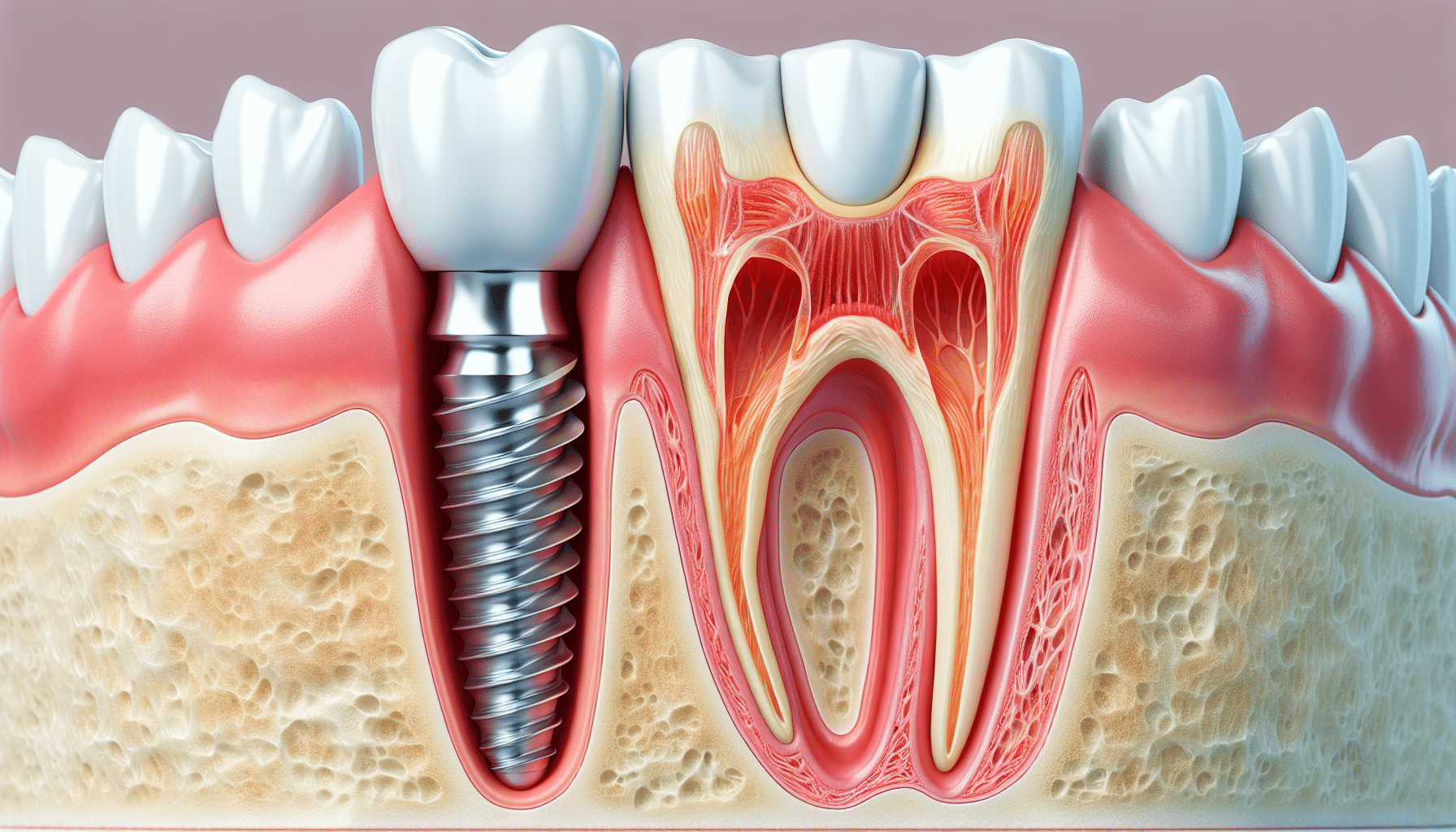Some Known Details About Dental Sense
Some Known Details About Dental Sense
Blog Article
The 9-Second Trick For Dental Sense
Table of Contents8 Easy Facts About Dental Sense DescribedThe Definitive Guide to Dental SenseSee This Report on Dental SenseThe Dental Sense PDFs
are clinical devices surgically dental implanted into the jaw to bring back an individual's ability to chew or their look. They supply assistance for synthetic (fake) teeth, such as crowns, bridges, or dentures. When a tooth is lost because of injury or condition, an individual can experience difficulties such as quick bone loss, malfunctioning speech, or changes to chewing patterns that lead to discomfort.Oral implant systems include a dental implant body and oral implant joint and may also consist of an abutment fixation screw. Professional teeth whitening. The oral implant body is operatively inserted in the jawbone in area of the tooth's root. The dental implant joint is generally connected to the implant body by the abutment addiction screw and prolongs with periodontals into the mouth to sustain the connected fabricated teeth
(https://giphy.com/channel/dentalsense1)Framework of The Dental Implant System selecting oral implants, speak with your oral supplier about the potential advantages and risks, and whether you are a candidate for the treatment. Points to consider: Your total health is an important aspect in identifying whether you are a great candidate for oral implants, for how long it will certainly require to heal, and for how long the dental implant may stay in place.
Smoking cigarettes might impact the healing process and reduce the long-lasting success of the dental implant. The recovery procedure for the implant body might take several months or longer, during which time you usually have a short-term joint instead of the tooth. the dental implant procedure: Carefully adhere to the dental hygiene guidelines offered to you by your oral provider.
Some Known Factual Statements About Dental Sense
Implant failing can result in the demand for another procedure to take care of or change the implant system. Brings back the capability to chew Recovers aesthetic look Assists maintain the jawbone from shrinking as a result of bone loss Preserves the health and wellness of the bordering bone and gums Assists maintain adjacent (neighboring) teeth stable Improves high quality of life Damages to bordering natural teeth during dental implant positioning Injury to the surrounding tissues throughout surgical treatment, such as sinus opening Injury during surgical treatment (for instance, crack of surrounding jawbone) Inadequate function, such as seeming like the teeth do not bite together usually A feeling that the tooth hangs or turning in area resulting from a joint screw loosening up Implant body failing (looseness of the implant body) because of systemic infection, which may be more probable in patients with uncontrolled diabetes because of neighborhood infection in bone and gum tissues sustaining the implant body due to postponed recovery, which might be extra likely in clients who smoke Problem cleaning up the gum tissues around the dental implant, resulting in inadequate oral health Neglected gum illness Post-surgical pins and needles because of nerve impingement or damages Always notify healthcare providers and imaging specialists that you have dental implants before any magnetic resonance imaging (MRI) or x-ray treatments.
FDA is not knowledgeable about any type of negative occasions reported for MRI or x-ray procedures with dental implants. Dental implants systems are typically made from products that follow worldwide agreement requirements of the International Organization for Standardization (ISO) or ASTM International. These criteria have information of what makes a safe product.

An oral implant is a framework that replaces a missing tooth. With screw-like devices, the cosmetic surgeon inserts an implant right into the jawbone, and it acts as an anchor for a synthetic tooth, called a crown.
The Ultimate Guide To Dental Sense
Some individuals are not qualified for oral implant surgical procedure. It is for oral doctors to operate on individuals with: intense illnessuncontrollable metabolic diseasebone or soft cells illness or infectionIf these issues are solved, an individual can have the surgical procedure. In, oral specialists avoid operating on people with: If individuals with any of the above go through oral implant surgical procedure, there is a greater threat of the dental implant failing.

Oral dental implant surgery is a tailored process. It's not the very same for every person. However the adhering to gives a basic overview of what you can anticipate your dental professional, oral cosmetic surgeon, periodontist or prosthodontist to do: Place the implant operatively. Offer you time to recover. Connect the message and last crown, bridge or denture.
Next, your cosmetic surgeon will thoroughly place the dental implant right into your jaw. Your cosmetic surgeon will rearrange your gum tissues and close the incision with stitches. If your dental implant is near the front of your mouth, your dental expert will certainly make a temporary tooth for you to use until you recover. By doing this, you won't have a space in your smile while you recuperate.
Dental Sense Fundamentals Explained
During the healing phase, your click to investigate jawbone ought to fuse to the oral implant. This process can take anywhere from 3 to 9 months.
Once your dental implant heals, your dental practitioner can connect the abutment (small connector message) and your final repair (crown, bridge or denture). This usually takes regarding one hour to complete and might call for a 2nd minor surgical procedure. You shouldn't really feel any type of pain throughout your dental implant treatment since your company will use drug to numb your gums.
Report this page